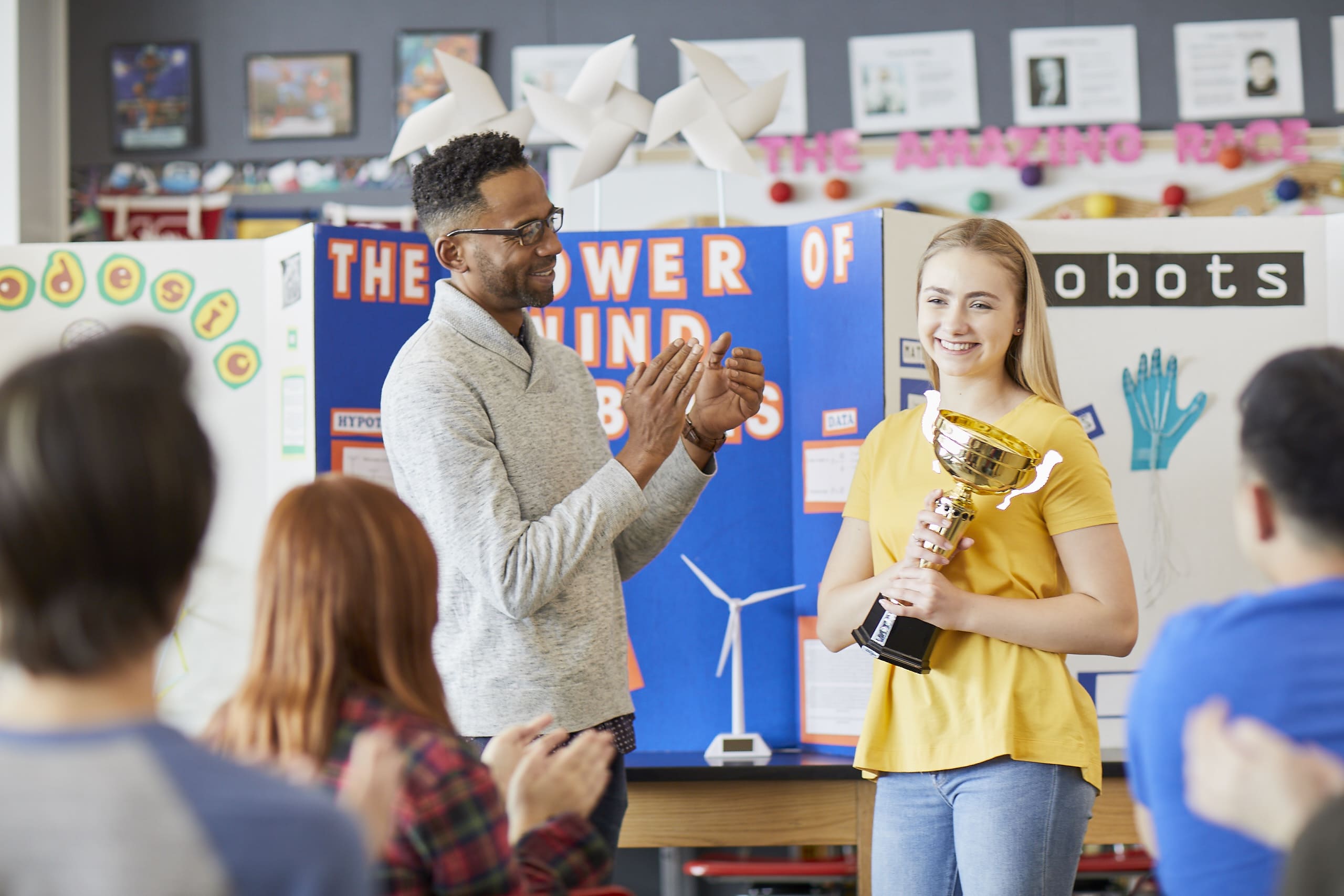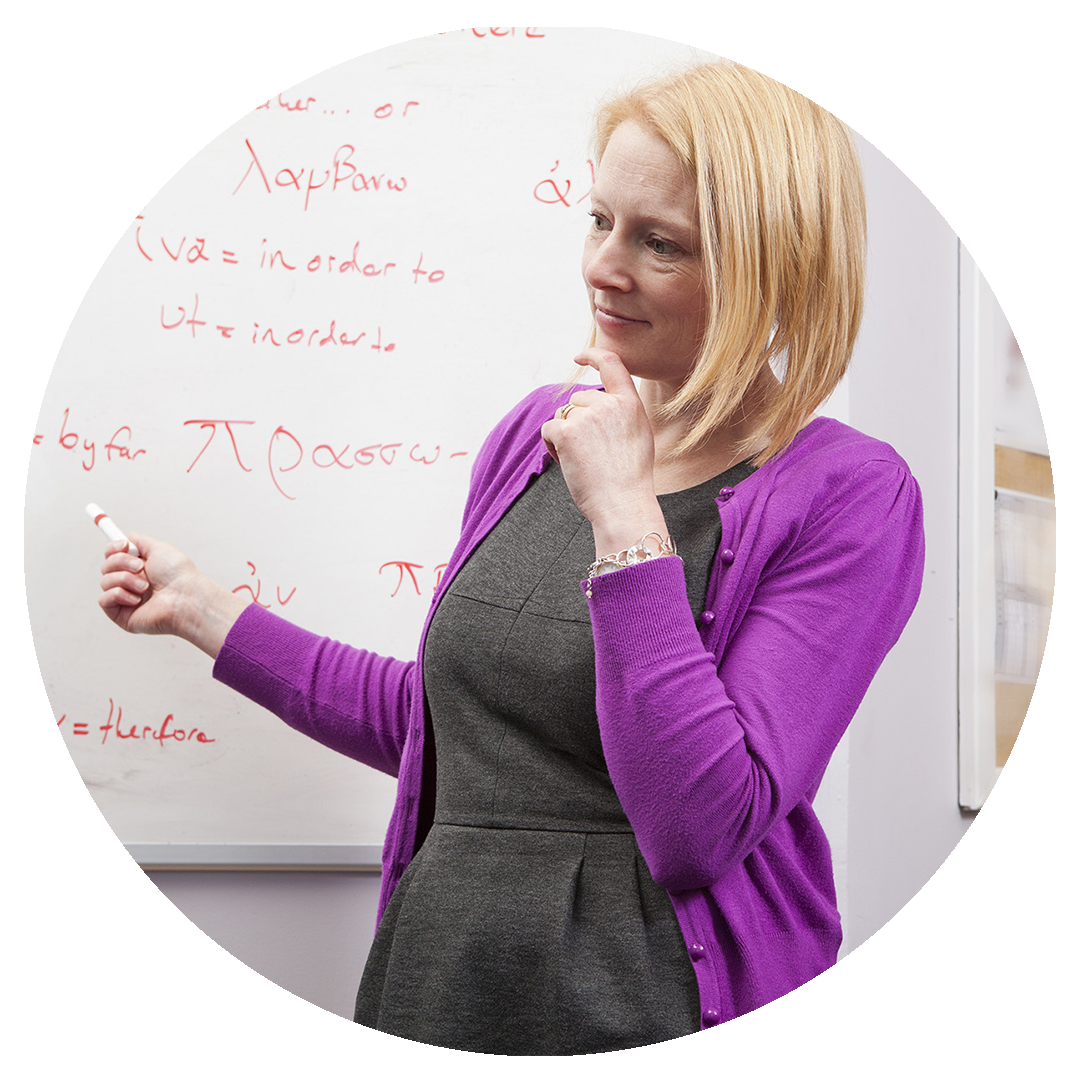Advanced algebra skills every student should master before calculus
Wiki Article
The Comprehensive Insurance Coverage of Algebra 2 Tutoring: Secret Ideas and Abilities for Mastery
Algebra 2 tutoring uses a broad spectrum of essential concepts and skills required for trainees to achieve proficiency in mathematics. This encompasses a comprehensive understanding of polynomial features, complicated numbers, and logarithmic formulas, amongst others. Each subject constructs on the previous one, developing a cohesive structure for problem-solving. The application of these principles in real-world circumstances highlights their relevance. There remain essential locations that can additionally boost a pupil's mathematical trip.Comprehending Polynomial Features
Just how do polynomial functions shape the landscape of algebra? These essential expressions, including variables raised to non-negative integer powers, serve as the backbone of lots of algebraic ideas. They can be defined by their degree, which shows the highest possible power of the variable, and their coefficients, which determine the function's habits. Polynomial functions display distinct residential properties, such as connection and level of smoothness, allowing them to model a variety of real-world circumstances. Their graphical depictions include curves that can demonstrate different actions, consisting of intercepts and transforming factors. Recognizing polynomial functions includes grasping operations such as addition, multiplication, division, and subtraction, as well as factoring strategies. This fundamental understanding is necessary for resolving inequalities and equations. By understanding polynomial functions, pupils establish critical analytical skills and obtain insight right into extra complex mathematical principles, paving the method for innovative researches in algebra and beyond.Understanding Complicated Numbers

Definition and Feature
Intricate numbers, a keystone of sophisticated algebra, expand the idea of one-dimensional number lines to a two-dimensional plane. Specified as varieties of the kind (a + bi ), where (a) and (b) are real numbers and (i) represents the fictional unit with the property (i ^ 2 = -1 ), these numbers possess special buildings. The genuine component (a) suggests the horizontal axis, while the imaginary part (b) shows the upright axis in the complex airplane. Trick homes include their capability to represent remedies to polynomial equations that do not have actual services and their closure under addition, multiplication, subtraction, and department (other than by absolutely no) This structure permits a much deeper understanding of mathematical principles and applications across numerous fields.Procedures With Complicated Numbers
Workflow with complicated numbers create a necessary aspect of algebra that improves mathematical understanding and analytical capacities. Intricate numbers, shared in the form (a + bi), where (a) and (b) are real numbers, call for certain procedures like enhancement, reduction, department, and multiplication.Enhancement and subtraction involve integrating like terms, while multiplication uses the distributive building and the fact that (i ^ 2 = -1) Department of complicated numbers requires multiplying the numerator and denominator by the conjugate to get rid of the imaginary part in the common denominator. advanced algebra.
These procedures not only reinforce fundamental algebra abilities but also prepare trainees for advanced subjects, such as square functions and polynomial equations. Mastery of intricate number procedures equips students with vital analytical devices.
Checking Out Logarithmic Equations
In the research of logarithmic formulas, recognizing the buildings of logarithms is important for effective problem-solving. These buildings provide the foundational devices required to manipulate and streamline logarithmic expressions. By mastering these ideas, students can with confidence take on a variety of logarithmic equations.Recognizing Logarithm Features
Logarithm buildings play an important function in simplifying and fixing logarithmic equations, providing a systematic method to recognizing their behavior. These residential or commercial properties include the product, ratio, and power rules. The product guideline mentions that the logarithm of an item is the sum of the logarithms of its variables. Conversely, the ratio guideline indicates that the logarithm of a quotient is the difference of the logarithms. The power guideline reveals that the logarithm of a number elevated to an exponent can be expressed as the exponent increased by the logarithm of the base. Proficiency of these buildings enhances one's capability to adjust logarithmic expressions, supplying a structure for tackling much more intricate equations and functions encountered in innovative algebra.Solving Logarithmic Equations
How can one successfully resolve logarithmic equations? To deal with these formulas, it is essential to make use of properties of logarithms. One need to combine logarithmic expressions making use of the ratio, power, and product rules. This simplification usually transforms the formula into a much more convenient kind. Next, transforming logarithmic formulas to their rapid kind can expose the unidentified variable. For example, the equation (log_b(x) = y) converts to (x = b ^ y ) In addition, inspecting remedies is important to guarantee they do not generate additional outcomes, especially when taking care of logarithms. By methodically applying these methods, people can confidently navigate and fix logarithmic equations, enhancing their general understanding and proficiency of this mathematical idea.Analyzing Sequences and Series
Series and collection may initially appear facility, they are basic concepts in algebra that reveal patterns and partnerships within numbers. A series is a listing of numbers organized in a certain order, normally specified by a formula or policy. Understanding the sorts of sequences, such as arithmetic and geometric series, permits pupils to determine the underlying patterns efficiently.On the other hand, a collection is the amount of the regards to a sequence. Evaluating series includes acknowledging limited and limitless collection, as well as computing their amounts when suitable. have a peek here Pupils find out vital methods, such as utilizing formulas for the amount of arithmetic and geometric series, which streamline computations.
Grasping sequences and collection gears up pupils with vital analytical abilities, allowing them to deal with extra intricate mathematical principles. This structure is crucial for their proceeded success in algebra and higher-level maths.
Addressing Logical Expressions and Equations

When solving sensible formulas, one must isolate the variable, typically by cross-multiplying to remove the portions. It is important to check for supplementary services, as increasing both sides can introduce worths that do not satisfy the initial formula. In enhancement, pupils should recognize limitations on the variable, as certain worths can make the common denominator zero, making the expression undefined.
Comprehending Conic Sections
Conic areas are geometric figures stemmed from the junction of an aircraft and a double cone. These sections include circles, ellipses, parabolas, and hyperbolas, each differentiated by special buildings and formulas. Recognizing conic sections is essential for students as they check out the relationships between algebra and geometry.
Circles are specified by a consistent range from a center factor, while ellipses arise from an airplane cutting with both cones, creating a closed curve. Parabolas emerge from a plane parallel to the axis of the cone, depicting a U-shaped graph. Hyperbolas, on the various other hand, occur when the plane converges both cuts in half of the cone, resulting in two unique, open curves.
In Algebra 2, understanding conic sections entails recognizing their standard equations, graphing them properly, and recognizing their crucial attributes, such as foci, vertices, and axes. This fundamental knowledge prepares pupils for more advanced mathematical ideas.
Using Functions and Graphs
Functions and charts work as fundamental devices in Algebra 2, enabling students to design connections in between variables and picture mathematical ideas. Mastery of these aspects permits students to interpret information, recognize fads, and make predictions based on well-known patterns. Trainees discover numerous kinds of functions, including linear, square, polynomial, reasonable, and exponential, each with distinct qualities and applications.Graphing these functions includes recognizing key attributes such as intercepts, asymptotes, and inclines, which supply understandings into their behavior. Furthermore, pupils find out to change features with changes, stretches, and representations, boosting their capability to control and analyze visual depictions.
Applying features in real-world contexts additionally solidifies comprehension, as trainees deal with issues involving profit margins, population development, and physics formulas. This useful application bridges academic understanding with tangible end results, cultivating a much deeper gratitude for the relevance of features and graphs in daily life.
Often Asked Inquiries
Exactly How Can I Boost My Problem-Solving Skills in Algebra 2?
To boost analytical skills in Algebra 2, one must practice on a regular basis, seek varied troubles, make use of online sources, work together with peers, and concentrate on understanding underlying ideas instead than memorizing procedures, promoting deeper comprehension and application.What Resources Are Advised for Added Algebra 2 Technique?
Recommended resources for extra Algebra 2 technique include online systems like Khan Academy, books with method issues, and tutoring solutions. Taking part in mathematics forums can also provide diverse problem-solving strategies and joint knowing opportunities.Exist Online Tutoring Options Available for Algebra 2?
Yes, many on the internet tutoring choices exist for Algebra 2 (online algebra 2). Platforms like Khan Academy, Chegg Tutors, and Wyzant offer customized assistance, video clip lessons, and interactive workouts, satisfying numerous learning styles and routines for students looking for supportExactly how Do I Get ready for Algebra 2 Exams Effectively?
To prepare properly for Algebra 2 tests, one must assess key ideas, technique problems on a regular basis, utilize online resources, develop research teams, and take practice tests to identify staminas and bents targeted improvement.
What Are Common Mistaken Beliefs Pupils Have in Algebra 2?
Pupils frequently misinterpret the significance of more info here fundamental principles, thinking they can miss prerequisites. They may additionally battle with abstract reasoning, confusing functions with equations, and misunderstanding the duty of variables in algebraic expressions.Understanding intricate numbers is important for pupils in Algebra 2, as these numbers prolong the actual number system to fix formulas that lack genuine services. These operations not only strengthen foundational algebra abilities but likewise prepare students for even more advanced subjects, such as polynomial equations and quadratic features. Logical expressions and formulas represent essential elements of algebra, including portions where the numerator and are polynomials. In Algebra 2, mastering conic sections includes identifying their typical formulas, graphing them properly, and recognizing their crucial functions, such as vertices, axes, that site and emphases. Using features in real-world contexts even more strengthens comprehension, as pupils tackle problems entailing revenue margins, populace development, and physics formulas.
Report this wiki page